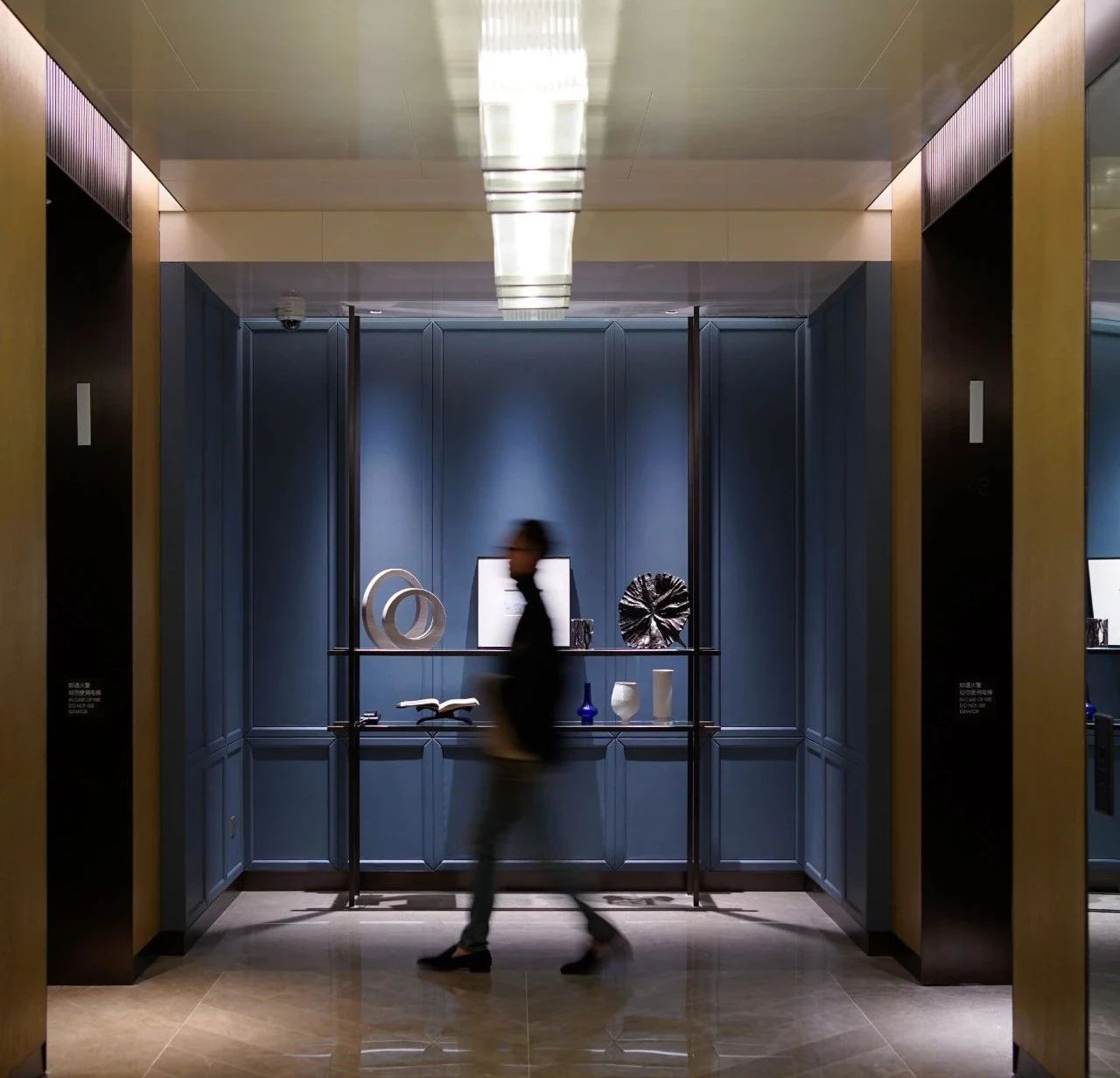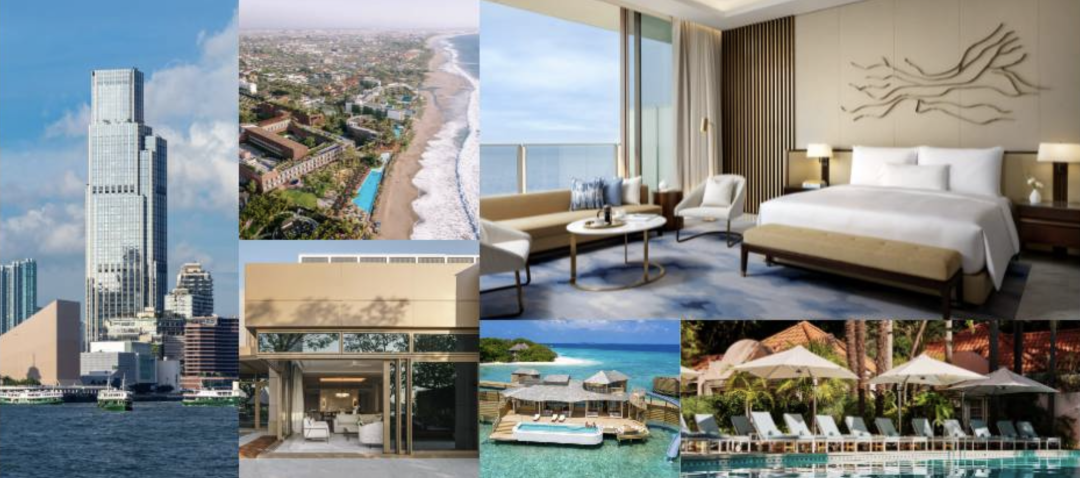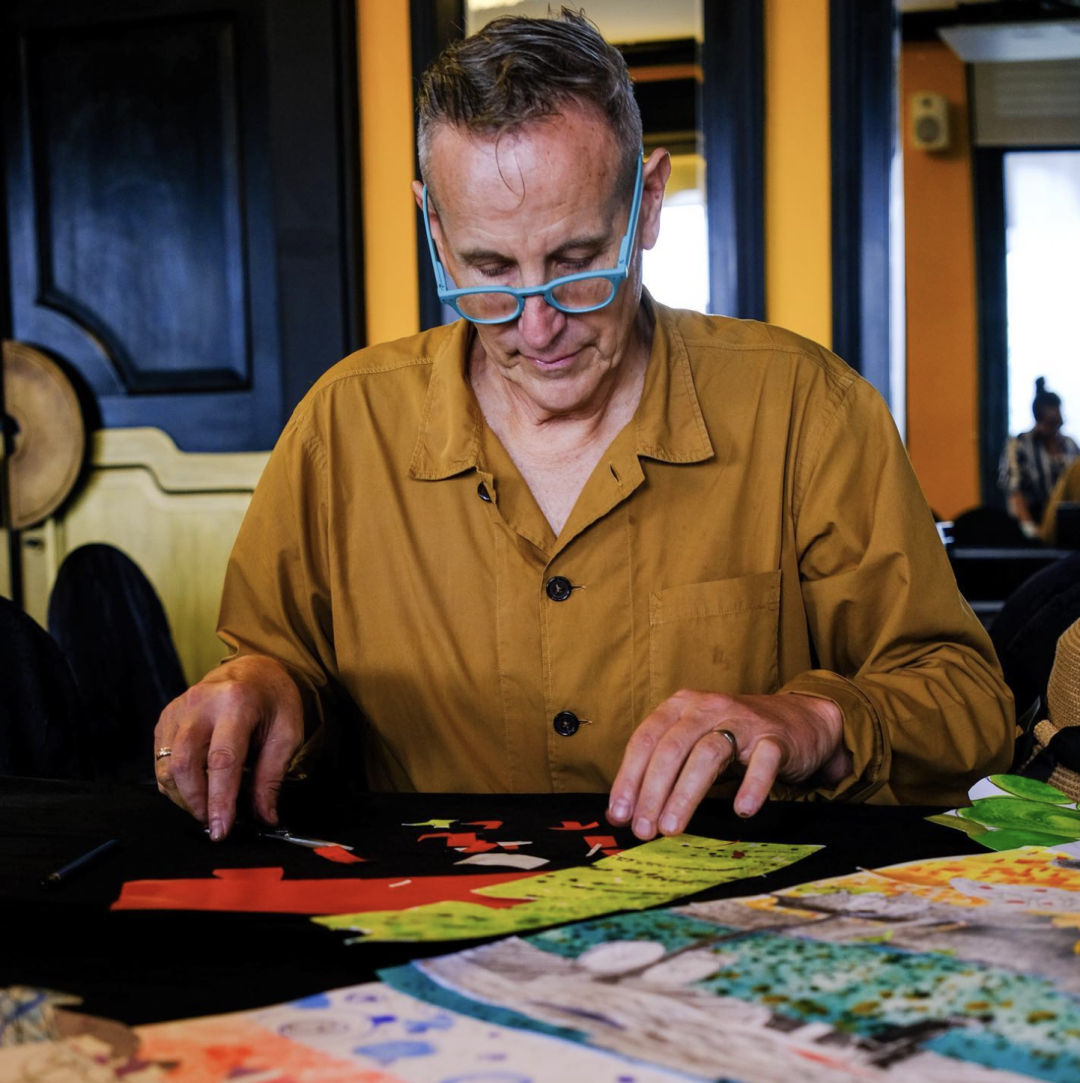Admiralty
The House Car arrives punctually and awaits as I descend the gleaming staircase of the Landmark, Mandarin Oriental. The dedicated, beaming senior valet in a crisp white shirt loads up my luggage while the entire Landmark concierge congregates at the driveway for the farewell. It is a short ride from Central to Admiralty. The Upper House leaves a sleek first impression in the prompt travel as I flip a copy of Monocle magazine.
My love affair with Hong Kong dates back to 2009, when the once remote and uncouth colony evolved into the invincible podium for the British Taipans. Tales of these mega conglomerates never fail to fascinate me, particularly the Jardine Matheson and the Swire frenemy synergism. As I am chauffeured along the Queen’s Road, the familiar cityscape is dotted with the trophies of these foreign tycoons: the eternal Mandarin Oriental guards the harbor with the Jardine, the minimalist Murry poises on the slope as the Wharfs’ pride, and the Upper House marks the pinnacle of the Swire dynasty.

The Upper House showcases the innovation and adventurism that defines the prime trader and developer, the Swire, and that never goes out of fashion. This 117 key property has enjoyed immense popularity since its opening in 2009, on the upper levels of an eighties skyscraper in Admiralty, as the inaugural hotel to be designed by André Fu and the cornerstone for his later glowing career. The glimpse of the verdant and futuristic Pacific Place marks an entry into the quiet, timeless yet undoubtedly luxurious sanctuary.
I alight the comfy sedan and arrive at the enclosing vestibule reception exuding dapper elitism. The team greets me and escorts me ascending the grand escalator lined by lanterns in dimming lava-tone light. The effusive millennial refinement continues to the guest room level where the adorning candor of creamy limestone and oak ignites omotenashi sensitivity. The transition from the familiar, glossy Landmark to the novel, smart Upper House is astonishingly seamless.
André
Guest rooms are the core of the Upper House; the entry-level option, Studio 70, is generously spacious to Asian standard, with a holistic style bathroom. I am immediately mesmerized by the unhindered vista of the Victoria Harbour through the picture window of Suite 90 as the effervescent assistant director of guest experience, K Ma, accompanies me into the residential heaven. The soothing oaky muteness filtrates the sizeable bed chamber and vanity area and precipitates the minimal Noh climax in the limestone-lined bathroom.

The soaking bathtub is placed meticulously in the center as if it were an altar. I am awed by the visual theatricality and perfect symmetry, and here luxury is so effortless and timeless. Despite trace watermarks and clever reupholstery telling the real age of the hotel, the guestroom feels fresh and almost brand new. The exemplary André Fu aesthetic lures me to unwind into an unimagined leisure escapade.
Guest services are extraordinary and ensure a home away from home experience. Soft drinks and staples are well stocked in the mini cellar of the complementary Maxi Bar, and I just cannot help but grin at the ultra-healthy welcome snacks placed on the coffee table next to the yoga mats and blocks. The pressing service and in-room dining options are also top-notch.
Fitness enthusiasts and spa maniacs may be slightly disappointed by the limitation of facilities in this masterfully repurposed highrise for the gym is tiny, spa center and swimming pool are lacking. I truly don’t mind an in-room grooming or massage session after evening turndown but deign to travel for a plunge in the sister property, the East Hong Kong.
André Fu also curates stunning arts and conceptual installations to adorn the Upper House and deliver Asian authenticity. Marvin Fang, Cynthia Sah, and Man Fung Yi are everywhere. The real statement piece is the omni 40-meter-tall instillation signed by Hirotoshi Sawada ornamenting the pentagonal inner atrium. I gaze upward from the pond beneath and admire the laced metal artwork akin to ripples merging into a metaphorical helix of the orient and the occident.
Taipan
The discovery of various considerate little touches leaves me in awe again: guests can access fresh filtered water from the tap next to the Maxi Bar; plenty of charging sockets are at the bedside; a compact toiletry bag filled with goodies and Bamford amenities is gifted to every guest. The pampering Upper House jamais-vu indulgence breathes a peculiar and reassuring Cathay Pacific déjà-vu accent.
I depart for Central at twilight to catch up with my hotelier set. The Aubrey, my usual go-to izakaya for casual soirees on the top floor of the Mandarin Oriental Hong Kong, is almost full. Crafty Japanese cocktails, fresh Tokyo Bay sashimi platter, and crispy tempura legumes in fine batter are served in the usual flawless manner.
The exceptional Upper House sojourn soon becomes the talk of the evening and follows all tales and gossip of the Four families and British Taipans. These century-old traders have morphed from cement, textiles, and tea trading establishments to conglomerates helping milliards figure out industrial, aviation, and property development. Were it not for these pioneers sailing off from Liverpool and seeking opportunities in the Far East, there could be no naissance of high Asian hospitality.
The chinoiserie odyssey of the Taipans, the triumph and the demise of traders, and the drastic modernizing and turmoil befalling Asia nourish Hong Kong, the miracle child of greater China, and the thriving hospitality industry in the post-Pacific war era. I have been a devout reader of Regency-era authors, and thus not unfamiliar with imperialism and orientalism. The Anglo-Chinese cultural crosstalk, though started as a political coercion after the Opium War, catalyzes the British gentility dignity, and supreme Chinese hospitality, and fertilizes the soil for the grand hotels of the Taipans.
After the jolly dinner rendezvous, while waiting for the House car pickup, I order a copy of Nobel House by James Clavell, a fictional portrayal of the fierce rivalry between the Swire and the Jardine Matheson.
Advancement
Breakfast at Salisterra ends late, and I snooze twice the morning wakeup ringtone and languorously sit up in bed. Grooming does not take long, and I hurry upward to the famed tea salon, bar and dining room complex for a vitalizing detox brekkie. At the end of the sky bridge, I am greeted by Kristina Snaith-Lense, the accoladed general manager and soul of the Upper House.
 Salisterra@upperhouse_hkg
Salisterra@upperhouse_hkg
As one of the female leading hotelier triumvirates besides Amanda Hyndman and Jill Goh during the COVID on the island, Kristina Snaith-Lense shares with me how female sensitivity and leadership distinguish Hong Kong as the pioneer hub in service industries. “Gender can indeed provide a unique perspective in leadership, particularly in the hospitality industry, where empathy, attention to detail, and a nurturing approach are invaluable. Female leaders often bring a different kind of intuition and sensitivity to guest needs, creating an environment that feels both luxurious and comforting. The presence of strong female leaders in Hong Kong’s luxury hotel scene undoubtedly contributes to its appeal, and distinction, and fosters an inclusive and dynamic environment that benefits both guests and staff.”
About the prospect of the intimate and selected House Collective portfolio of the Swire Hotels, she continues with a hotelier’s zeal. “The House Collective creates “Houses Not Hotels”, each with its own distinctive character and sense of style. Our people-first hospitality and vibrant guest experiences set the brand apart and earning the Houses loyal fans world-wide. We have recently announced our latest addition to our growing family in Shenzhen, Tokyo, and Xi’an.”
I descend into the cosmic shopping center of the Pacific Place and reckon the extraordinary experience and tales of these Hong Kong grand hotels conjured from the rich Taipan legacies and endeavors of diligent Hongkies. The distillation of culture, lifestyle, and joie de vivire shall continue drive the Upper House forward to the very forefront.
Photo:Joseph Wan/@upperhouse_hkg
Author:Joseph Wan








